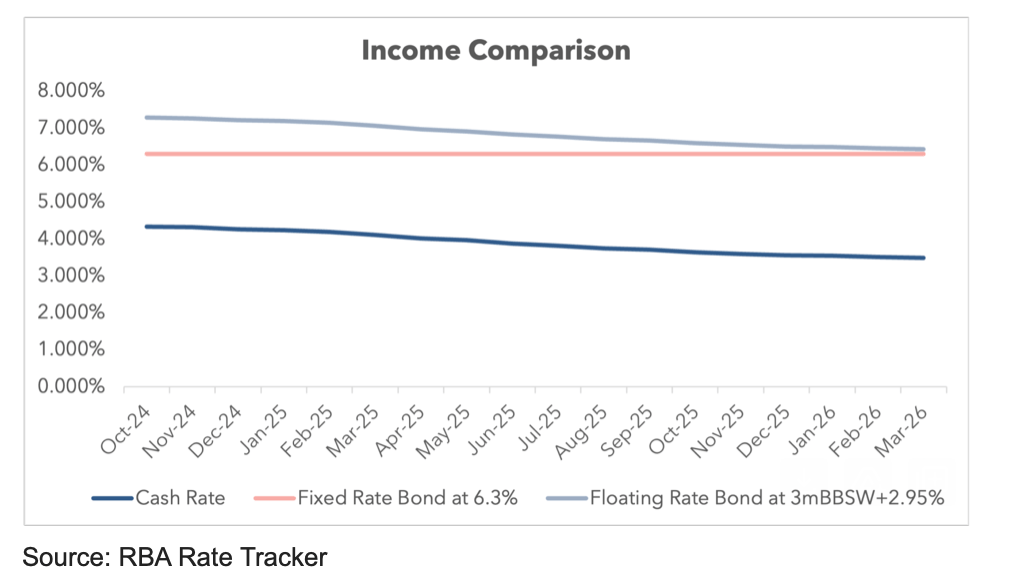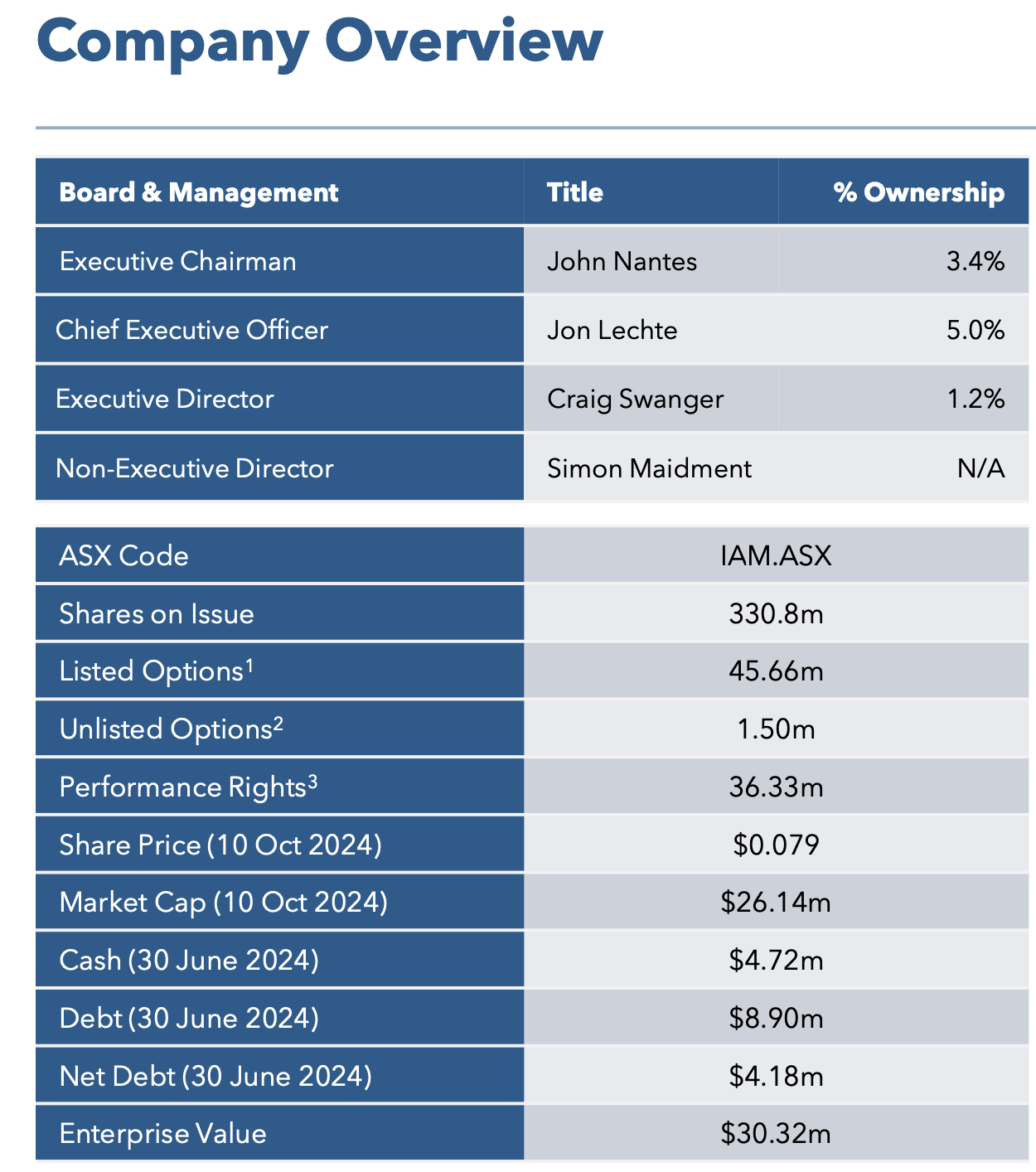Hot Money Monday: Why it’s time to add bonds to your investment mix
Interest rates have soared in recent years and this fundie suggests the time is right to consider bonds as an alternative to term deposits.

Interest rates have soared in recent years
IAM says it’s time to consider bonds
Why bonds might be better than TDs
It’s been a wild ride in the world of interest rates over the past few years.
In April 2022, the RBA cash rate was a super low 0.1 per cent. Fast forward to November 2024, and we’re now at 4.35 per cent. That’s a massive jump, which has been great for people with money in term deposits (TDs).
But here’s the thing: it looks like we’re at a turning point.
Even if what's ahead is a little unclear.
Some experts think we might need a few more interest rate hikes to get inflation under control, while others are calling for cuts to avoid a slowdown.
Meanwhile, banks are already starting to cut their TD rates. ANZ recently dropped its TD rates by up to 0.9 per cent.
So, while it's still possible to get a TD with rates around 5 per cent, there’s a catch—what happens when it’s time to roll that deposit over?
Why you should consider bonds
Instead of just filling your investment portfolio with term deposits, think about adding some Aussie bonds, says Darryl Bruce, executive director at ASX-listed Income Asset Management Group (ASX:IAM) .
High-quality bonds can offer more stable returns over time; and right now investors can lock in fixed-rate bonds with returns of 5 per cent to 6 per cent for 5 to 10 years.
This, Bruce believes, gives them the predictability they want while riding out potential rate cuts. (Note that bond prices rise when rates fall).
“You will be well rewarded through the higher returns available in bonds, especially given the relatively nominal increase in risk,” he said.
For the adventurous, floating-rate bonds are also on the table.
These bonds pay interest based on the bank bill swap rate (BBSW), which tends to move with the cash rate.
Some floating-rate bonds are currently yielding a tempting 7 per cent to 7.5 per cent, and while they might dip when rates fall, Bruce reckons investors are still looking at decent returns for a while.
Balancing risk and reward
You might be thinking, “But aren’t bonds riskier than TDs?”
Generally, yes. But when it comes to investment-grade corporate bonds, the risk is quite manageable, says Bruce.
“The A and BBB rating bands offer the best balance of risk and return,” he said.
The default rates on these bonds are very low, meaning the chances of losing your investment are minimal. In fact, even in tough times, the historical default rates are pretty reassuring, added Bruce.

Another advantage of bonds is flexibility.
Breaking a term deposit can be a hassle and often comes with penalties, especially since the GFC, when financial instability led to stricter regulation of banks.
“The liquidity in large investment-grade bond issues is relatively good, which is a significant advantage over TDs,” Bruce said.
Also, bonds are actively traded, making it easier to buy and sell when you need to access your cash.
Time to move your cash?
While term deposit investors have enjoyed high rates recently, the landscape is changing.
With many banks lowering their TD rates, now’s a good time to consider moving some cash into bonds, said Bruce, because you can benefit from higher returns without locking your money away for too long.
“While there are still some attractive returns on offer in TDs, the opportunity to lock in higher returns for longer, thereby avoiding short term refinancing risk, makes investment grade bonds very attractive at this point in the cycle," he commented.
“The greater flexibility of bonds, through a liquid secondary market, also provides some peace of mind if you’re wary of locking capital away for extended periods.”

A bit about Income Asset Management
In just three years, IAM has grown to manage $2 billion in investments and more than 2000 client accounts.
The company has teamed up with Perpetual to simplify its operations, moving services like custody and client reporting to one platform.
This change, the company says, should help IAM become profitable by the end of 2025.
IAM focuses on reliable income from secondary trading—essentially buying and selling many smaller trades—rather than just a few big deals.
The company recently launched new investment products, like a single-bond ETF, making it easier for everyday investors to access bonds.

Originally published as Hot Money Monday: Why it’s time to add bonds to your investment mix



